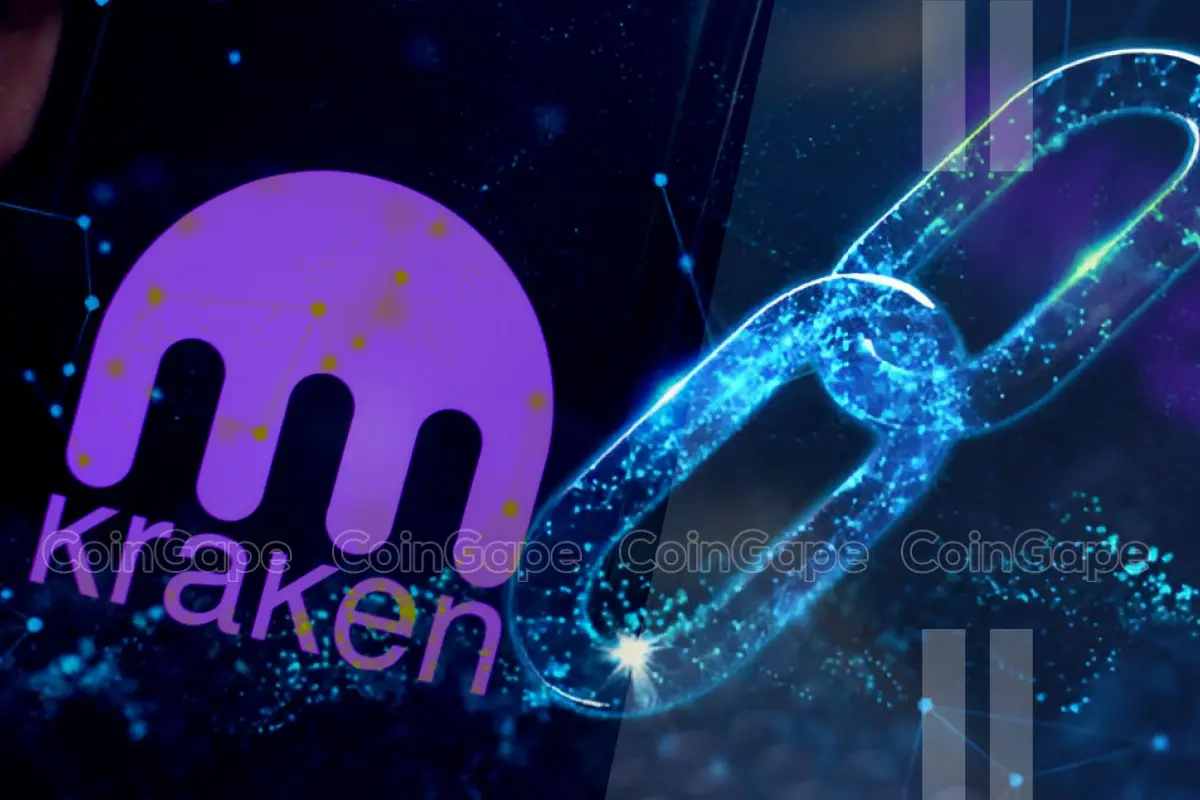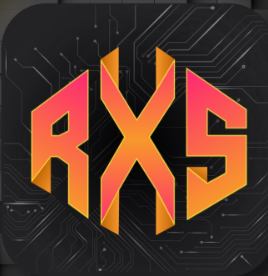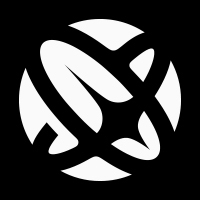Highlights
- Kraken launches Ink Layer-2 blockchain ahead of schedule, built on Ethereum's OP Stack.
- Ink received a 25M OP token grant from Optimism to enhance Ethereum scaling solutions.
- Launch partners include Curve, Frax, LayerZero, and Gelato for decentralized applications.
Kraken cryptocurrency exchange has launched its Layer-2 blockchain network called Ink on the Ethereum mainnet. This rollout, originally scheduled for early 2025, has occurred ahead of schedule. Built using Optimism’s OP Stack, Ink aims to provide enhanced scalability and interoperability within the Ethereum ecosystem.
Kraken Launches Ink Layer-2 Network Ahead of Schedule on Ethereum Mainnet
According to a blog post, Kraken launched its Ink Layer-2 network on Wednesday, advancing its plans to introduce the blockchain by several months. The network is built on Optimism’s OP Stack, a modular framework designed to enhance Ethereum scalability and interoperability.
As part of the development, the crypto exchange secured a grant of 25 million OP tokens (approximately $58 million) from the Optimism Foundation. These tokens support the adoption and growth of Ink, enabling the platform to contribute to Optimism’s broader “Superchain” ecosystem.
Andrew Koller, the founder of Ink expressed enthusiasm stating,
“Today is just the beginning for Ink, and now our boldest work begins, growing Ink. We’re pushing the boundaries of on-chain experiences to unlock new applications and opportunities for builders and users alike, layering privacy, security and UX enhancements on a foundation of deep liquidity.”
Meanwhile, the adoption of Layer 2 solutions has been on the rise. Most recently, Germany’s Deutsche Bank integrated ZKsync technology through Project Dama 2. This move will enhance Ethereum’s efficiency while ensuring compliance with regulatory standards.
Key Partnerships and Features
Ink Layer-2 launched with support from several decentralized applications. Notable partners include decentralized exchange Curve, stablecoin platform Frax, LayerZero for interoperability, and Gelato for infrastructure support. These collaborations highlight the ecosystem’s focus on enabling diverse use cases within decentralized finance (DeFi).
By January 2025, Kraken plans to enable permissionless fault proofs on Ink Layer-2. This feature will allow anyone to challenge potentially invalid transactions, increasing the platform’s accountability.
Kraken’s Ink Layer-2 is the latest addition to Ethereum scaling solutions built on the OP Stack, joining networks like Coinbase’s Base and Sony’s Soneium. These projects demonstrate a growing trend among major players to expand the Ethereum ecosystem.
Meanwhile, in the ongoing Kraken vs. SEC lawsuit, the court denied the crypto exchange request to obtain documents related to Bitcoin, Ether, and SEC policies on digital assets. The judge ruled the requests irrelevant to the SEC’s allegations concerning specific crypto tokens. Kraken’s demand for evidence tied to public statements and internal policies was also rejected, with the court emphasizing a lack of justification for such disclosures.
- Bitget Token Price Jumps 12% Defying Market Trend, Can BGB Rally Continue?
- Why Shiba Inu And Dogecoin Meme Coins May Crash Ahead?
- Shiba Inu Community Burns 87M Coins This Week, What’s Next For SHIB?
- Crypto Trader Turns $458K Into $4.9M With This Meme Coin In 2 Weeks, Here’s All
- US Bitcoin ETF Ends Week With $149.4M Outflow, Will It Impact BTC Rally?
- 3 Solana Rivals to Turn $10K into $100K in January 2025
- Ripple (XRP) Price Analysis: XRP traders deposit $85M on Binance as market sell-off cools
- Solana (SOL) Price Analysis: Staking Inflows Fuel Rebound Hopes, Can SOL Reclaim $250?
- Could Pepe Coin Price See an Explosive 8X Surge Soon?
- Shiba Inu (SHIB) Price Analysis: Whales Scoop 34 trillion SHIB, Time to Abandon DOGE?



 VIP Casino
VIP Casino

















